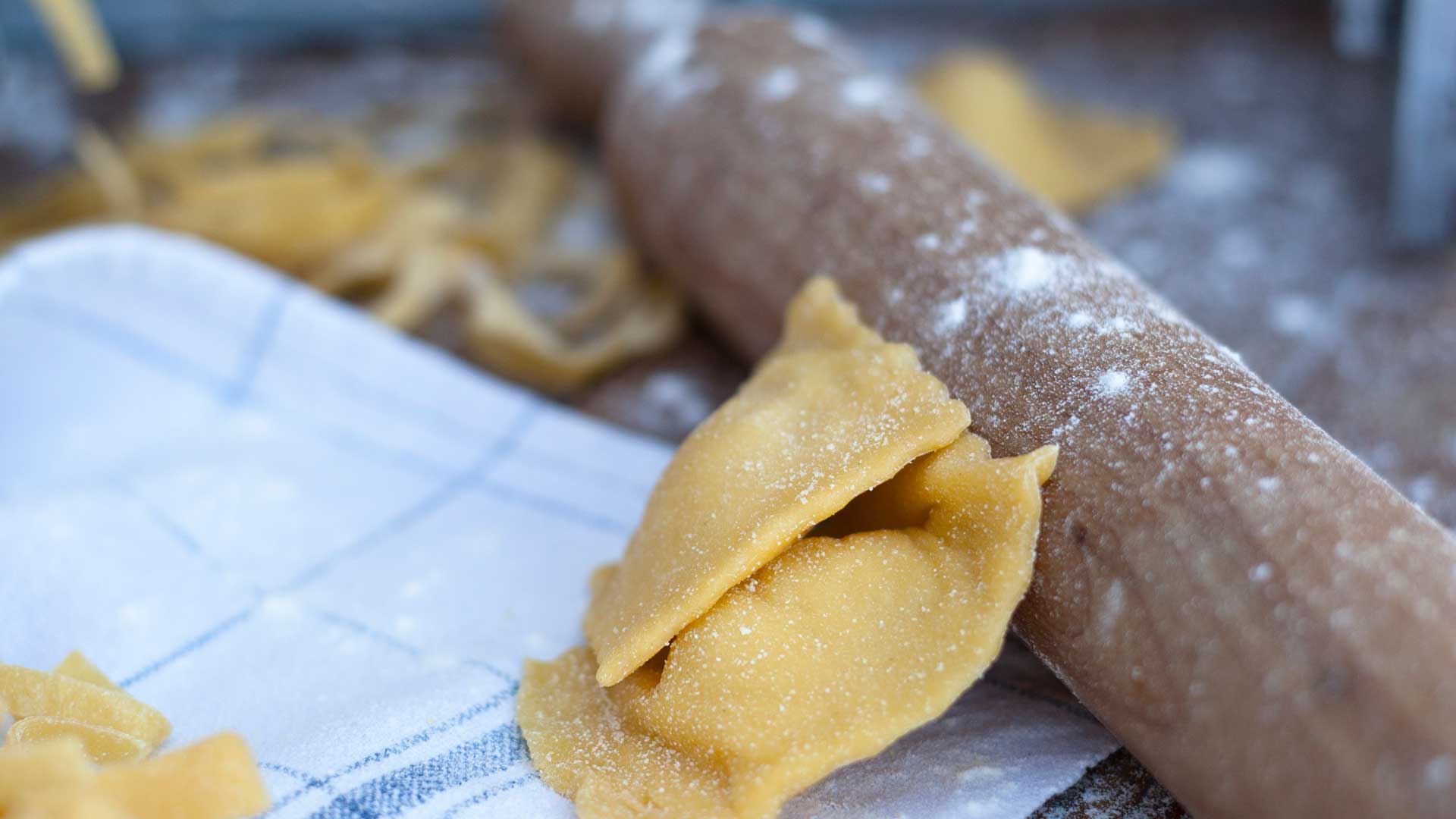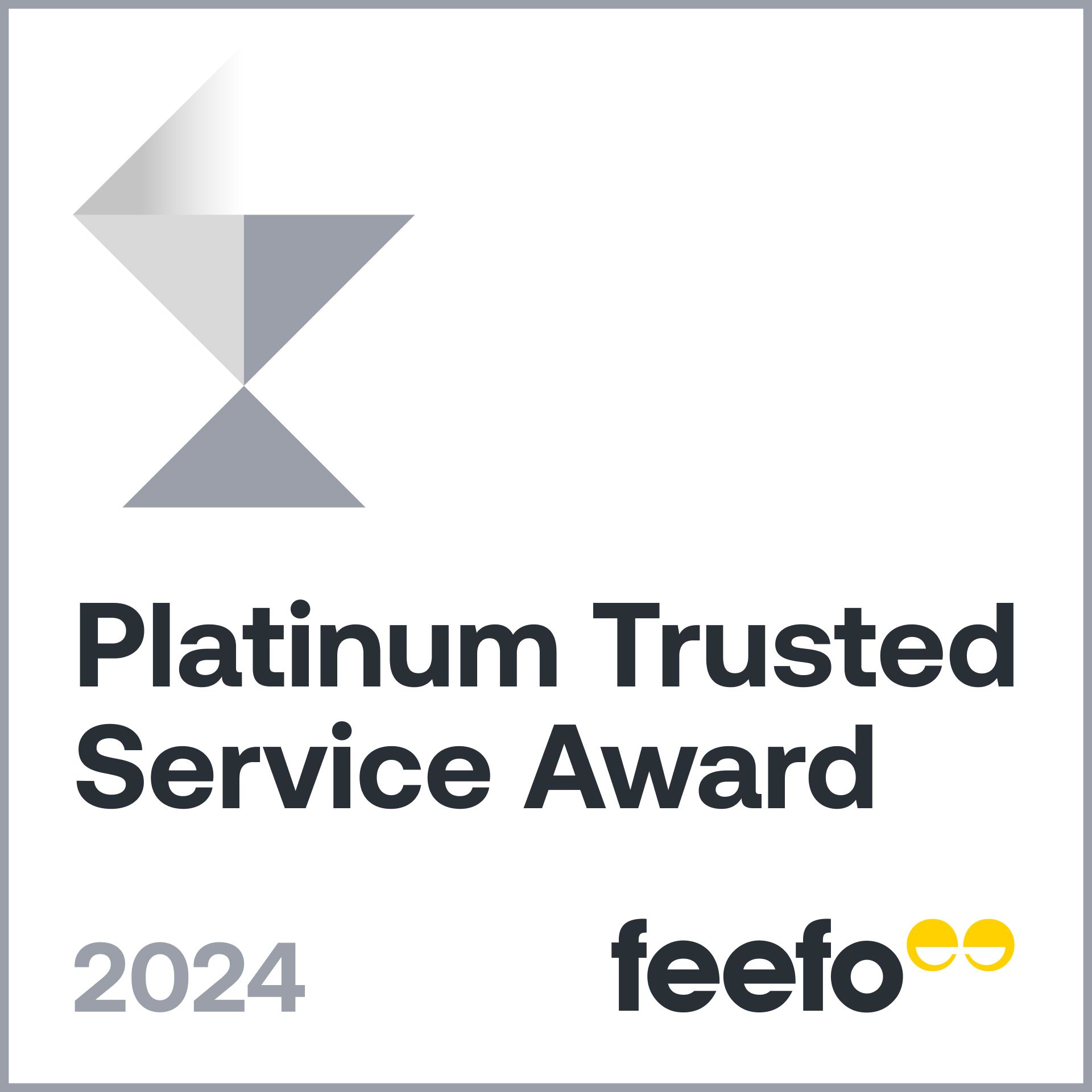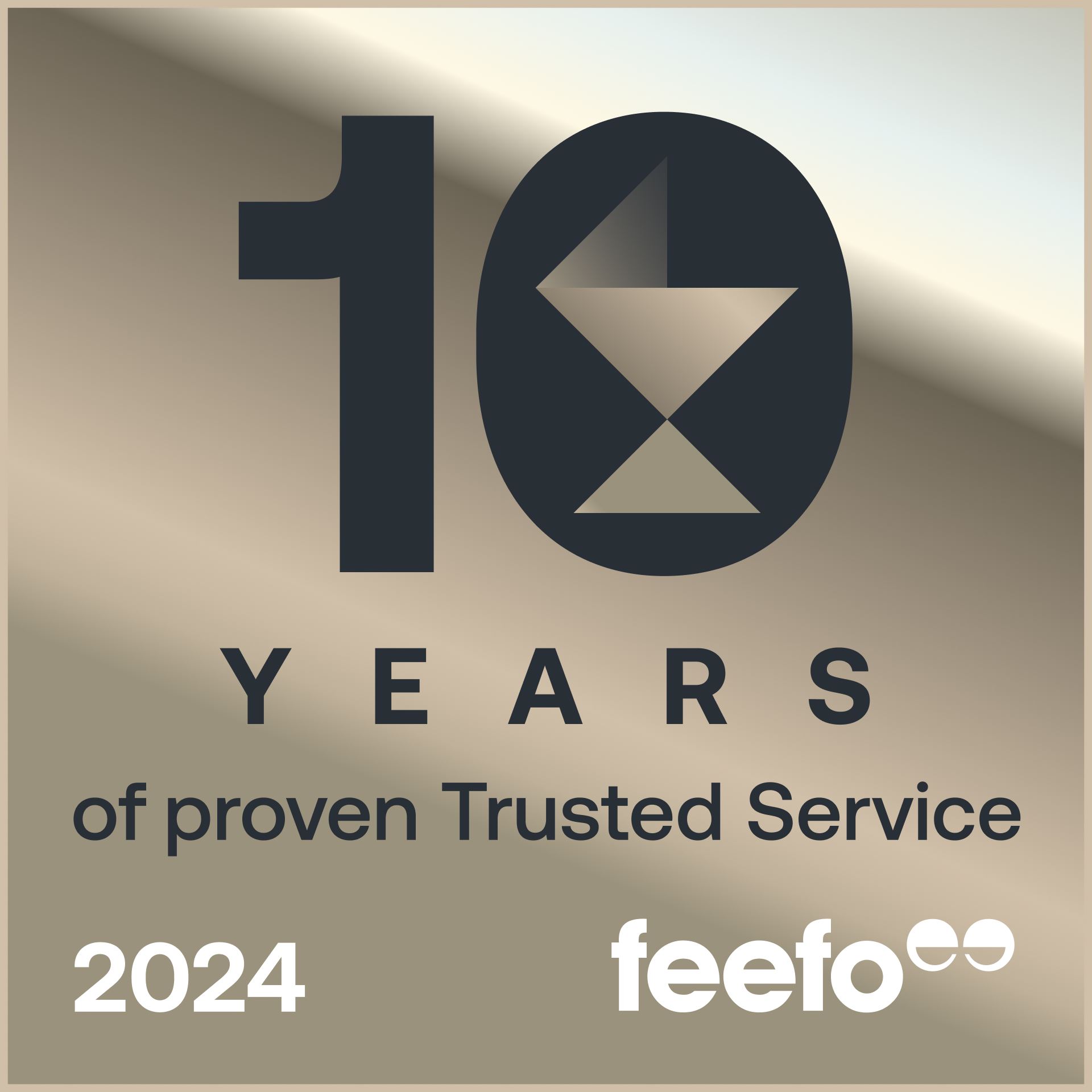Pienza is an exquisite Renaissance doll’s house, almost too perfect for its own good. Pienza’s popularity has been boosted by its Unesco recognition and by its attraction as a film set. More heretically, visitors flock to the town almost as much for its superb array of Pecorino cheeses as for its perfect Renaissance architecture. The future Pope Pius II was born here in 1405. He commissioned Bernardo Rossellino to rebuild the village of his birth as a model Renaissance city. The result is what locals call a città d’autore, a city inspired by one vision. After strolling around Pienza’s city walls for splendid views of Monte Amiata and Val d’Orcia, few can resist retreating to a quaint inn for lunch. Expect Pecorino sheep’s milk cheeses to be on the menu. The scenery around Pienza is equally lovely, with the town framed by chestnuts and cypresses, olive groves, poppies and sunflower fields.
Pienza
-
-
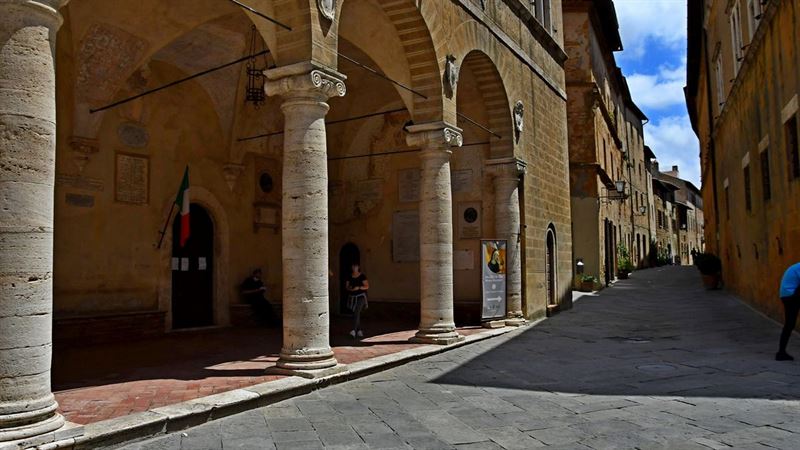
Top Ten Things to Do
Given Pienza’s overpopularity, being based in a villa away from the hordes is the perfect solution. Come into town for Renaissance architecture and then head off to explore local hamlets.
-
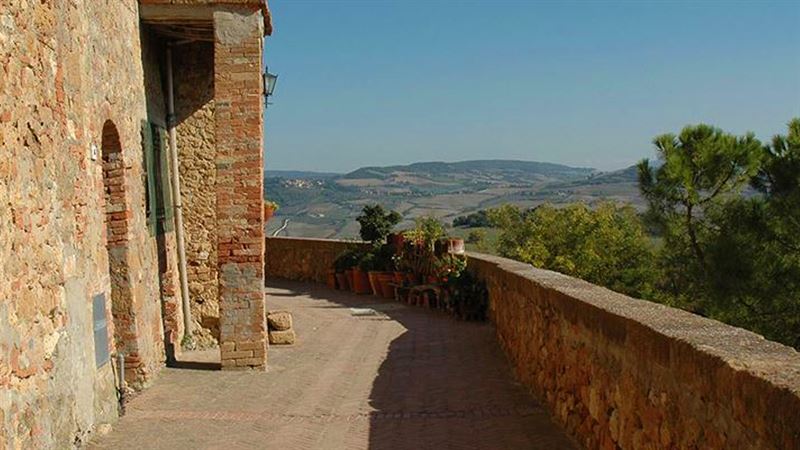
1. Pienza mooch
Before looking at specific buildings, just soak up the atmosphere. Pienza is a Utopian town. After Pienza, other cities in Tuscany or elsewhere are liable to look chaotic. Although created by a Humanist pope, Pius II, Pienza is almost too perfect to be human and too precious to be spiritual. Every fountain, piazza and painting is harmonious. The streets are as romantic as their names – Via dell’Amore, Via del Bacio, Via della Fortuna – streets of “love”, “kiss” and “fortune”.
-
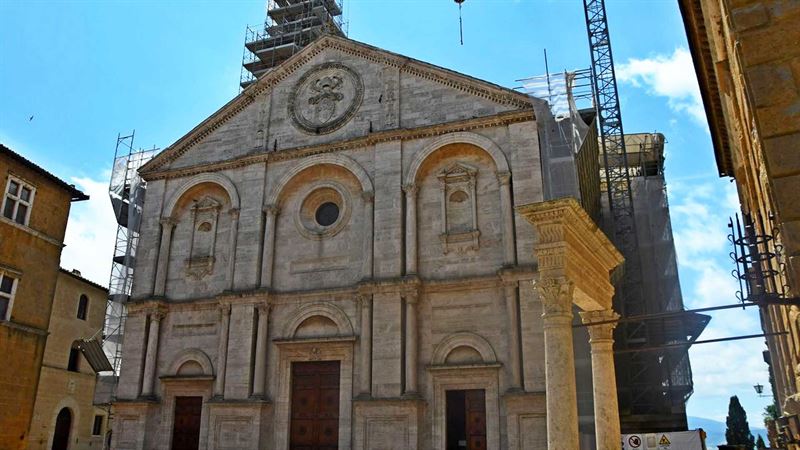
2. Piazza Pio II
The main square is deeply harmonious, with the slightly listing cathedral adding to its charm. Graced with a Renaissance façade, its interior is late Gothic and adorned with mystical paintings from the Sienese school. The cathedral façade, the gracious arches, the well and the Palazzo Piccolomini, the pope’s home, are just as Pius left them when he set off to fight the crusades, never to return.
Tel: http://www.pienza.org/duomo_it.html -
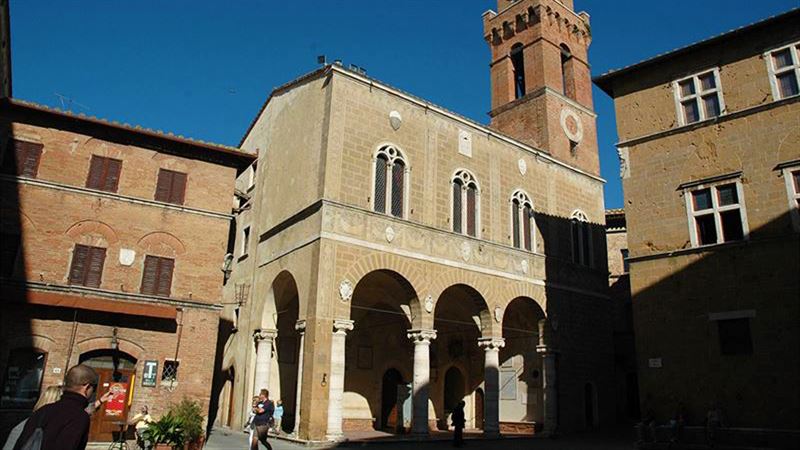
3. Palazzo Piccolomini
Now a museum, the Palazzo Piccolomini is still filled with the Pope’s possessions. On display are grand and homely treasures, including his library and arms collection. In the Pope’s bedroom, the intriguing book-holder, as cumbersome as a church lectern, is proof that the pope did not read in bed. The library opens onto a tranquil loggia with Etruscan urns, hanging gardens and a panorama stretching across the Orcia valley as far as Monte Amiata, the distant, cone-shaped peak of an extinct volcano. In summer, the palace opens its courtyard to classical concerts.
Address: Palazzo Piccolomini, Piazza Pio II, 53026 Pienza
Tel: +39 0577 286300
Web: www.palazzopiccolominipienza.it -
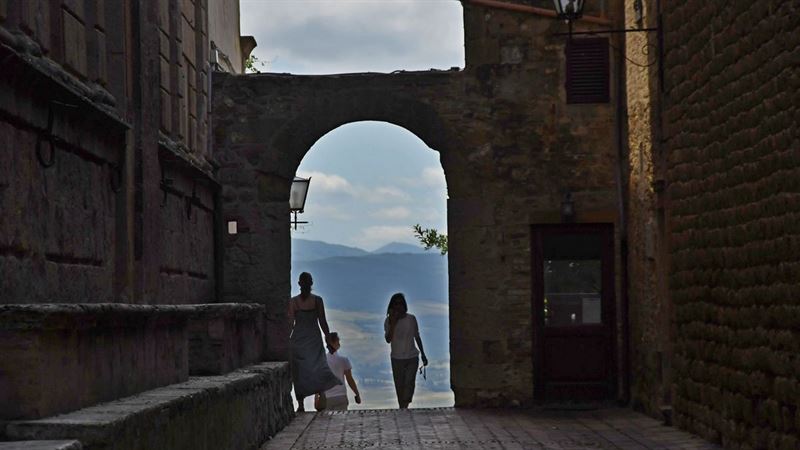
4. Pieve di Corsignano
Just outside Pienza is the Pieve di Corsignano, a simple but coherent Romanesque church where Pope Pius II was baptised. In a sense, this is where it all started. When Piccolomini was elected Pope, he could not resist playing God in his home village of Corsignano. He chose the noted Florentine architect, Bernardo Rossellino, to ennoble the hamlet in accordance with Humanist principles.
-

5. Farm cheese-making
The friendly owners of an organic farm outside Pienza run great foodie experiences, including twice-daily cheese-making demonstration. After a tour of the dairy, visitors can sample the farm produce,
ranging from home-cured meats, cheeses, honey, jams, olive oil and even organic wine. If wished, stay for a “sustainable farm lunch,” including grilled vegetables, Tuscan charcuterie and crostini with Tuscan liver paté. That’s in addition to sampling sheep’s and goats’ cheeses with honey and fruit chutneys. It’s the perfect example of `farm to fork’ eating.
Address: Podere Il Casale 64, 53026 Pienza (SI)
Tel: +39 0578 755109
Web: www.podereilcasale.com -
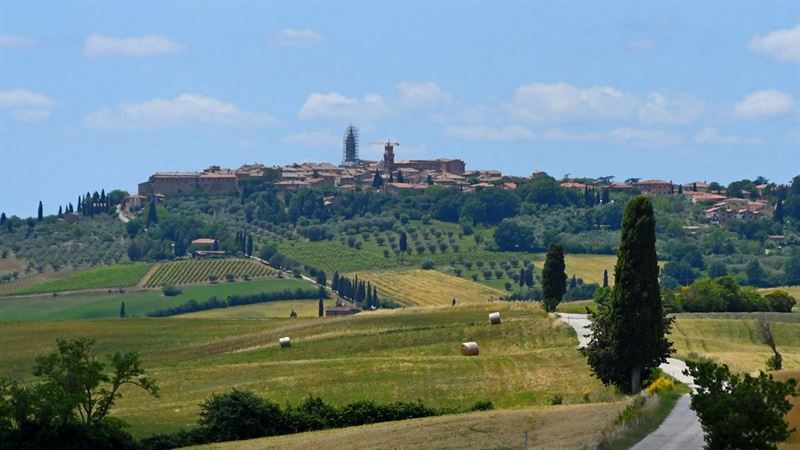
6. Monticchiello meander
The pretty walled village of Monticchiello offers fine views of Pienza, just 4 kilometres away. Strung out along the crest of a hill, this is a classic fortified medieval village with a stumpy tower, gateway and ramparts. If you speak Italian, do attend the renowned Teatro Povero in summer. Starring the villagers themselves, this annual “peasants’ play” covers life in rural Tuscany and broader social protest. The roots of this “poor theatre” lie in the 1960s and the peasants’ response to their increasing marginalization. Even out of season, come for the harmonious mood – and the peasant food, ranging from chickpea soup to white beans, tripe and rabbit dishes.
Address: Piazza Nuova 1
Tel: +39 0578 755118
Web: www.teatropovero.it -
7. Pienza cooking classes
These are short, straightforward, family-oriented classes on pizza-making or breadmaking using the farm’s traditional wood-fired oven. Participants can enjoy eating the dishes they have prepared. All classes are organised by Podere Il Casale and include a guided tour of the organic farm and a cheese-making demonstration in the dairy. Any course could be combined with a cheese-tasting session. Depending on the season, a truffle-hunting experience might also be arranged.
Address: Podere Il Casale 64, 53026 Pienza (SI)
Tel: +39 0578 755109
Web: www.podereilcasale.com -
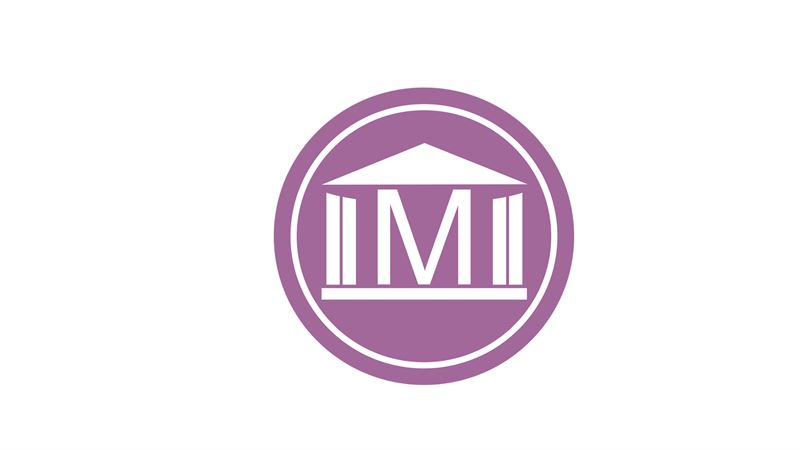
8. Chianciano Terme drive
Chianciano is an unsung spa resort, with a quietly crumbling historic centre feeling somewhat adrift from the characterless modern town. The highlight is the well-designed Etruscan Museum, a hidden gem. This compact, accessible display reveals finds not just from local tombs but from ancient spas that are still in use. On display are princely chamber tombs, funerary jars, elaborate gold jewellery and bronze tributes to Silene (Diana), the goddess of water. If around in summer, call into Chianciano Art Museum for an eclectic private collection, ranging from Realists, Surrealists and Post Impressionists to Magritte and Damien Hirst. Given that this is a pampering spa town, consider calling into the Terme Sensoriali for a memorable thermal spa experience.
Address: Museo Civico delle Acque (Etruscan Museum), Via Dante 80, 53042 Chianciano Terme (SI)
Tel: +39 0578 30471
Web: www.museoetrusco.it -
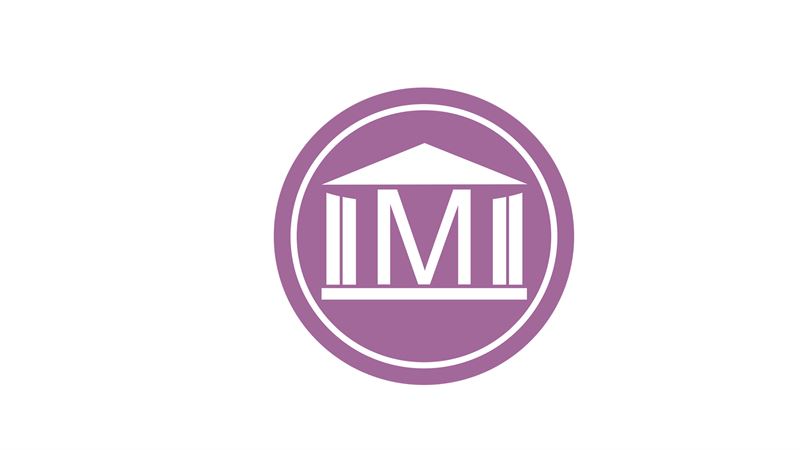
9. La Foce garden tour
Just south of Chianciano stands La Foce, a magnificent estate with landscaped gardens worth seeking out. Founded by an Anglo-Italian in 1924, the estate overlooks that zigzagging avenue of cypresses so beloved by painters and photographers. The villa gardens, designed by the famous landscape gardener Cecil Pinsent, combine Italian classic gardens and romantic wisteria-hung corners. After having your fill of the geometric topiary and fountains, lap up the bigger view, stretching from the fertile Val di Chiana to the desolate cra¬ters of the Val d’Orcia and onto Monte Amiata. Make time for a rustic lunch in Il Dopolavoro, on the edge of the estate (see Eating & Drinking).
Address: La Foce, Strada della Vittoria 90, 53042 Chianciano
Tel: +39 0578 69101/69113
Web: https://www.lafoce.com/en/ -
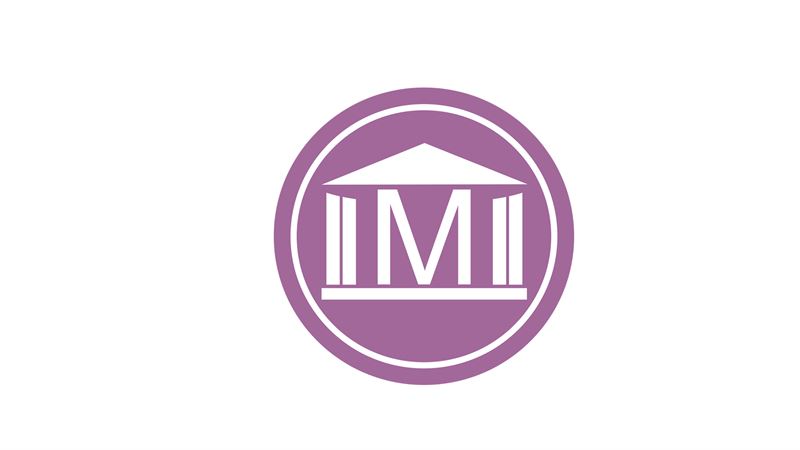
10. Chiusi – Etruscan day out
Chiusi, a pleasant drive south from Pienza, is a chance to get to grips with Etruscan secrets. Old Chiusi survives on several layers of civilisation: the Etruscan ne¬crop¬o¬lis beneath the city hills; the Roman street-grid system below the Cathedral; and the intriguing medieval city above. As one of the greatest city-states in the Etruscan League, Chiusi controlled the area from Lago di Trasimeno to Monte Amiata. The Etruscan Museum reveals Attic vases, Roman statuary and Etruscan jewellery, jars and sarcophagi, as well as bucchero, Etruscan earthenware. In passing, you learn that Etruscans liked feasting on stuffed dormice at their banquets. Below the Romanesque cathedral is a tour of the underground city, with secret passages and water channels dating back to Etruscan times. On the underground tour, look out for Etruscan inscriptions and a huge Etruscan-Roman water cistern. An amble through untouristy medieval Chiusi also reveals a range of well-priced inns.
Address: Museo Archeologico Nazionale (Etruscan Museum), Via Porsenna 93, 53043 Chiusi (SI) -
Eating and Drinking
Pienza is an exquisite Renaissance doll’s house, almost too perfect for its own good. Pienza’s popularity has been boosted by its Unesco recognition and by its attraction as a film set. More heretically, visitors flock to the town almost as much for its superb array of Pecorino cheeses as for its perfect Renaissance architecture. The future Pope Pius II was born here in 1405. He commissioned Bernardo Rossellino to rebuild the village of his birth as a model Renaissance city. The result is what locals call a città d’autore, a city inspired by one vision. After strolling around Pienza’s city walls for splendid views of Monte Amiata and Val d’Orcia, few can resist retreating to a quaint inn for lunch. Expect Pecorino sheep’s milk cheeses to be on the menu. The scenery around Pienza is equally lovely, with the town framed by chestnuts and cypresses, olive groves, poppies and sunflower fields.
-
Osteria La Porta
Set just outside the picturesque, walled village of Monticchiello, east of Pienza, this is a pleasant, good-value, family-run inn. Stop here for lunch on the run and glass of wine, or a full meal, choosing from traditional and seasonal cuisine. tasty pici made with sheep's milk cheese and peppery cacio e pepe. In summer, sit on the panoramic terrace and choose from the well-chosen and well-priced wine list. In autumn, go for the ceps (funghi porcini) and truffles.
Address: Via del Piano 1, 53026 Monticchiello
Tel: +39 0578 755163
Web: www.osterialaporta.it -
La Buca delle Fate
This rustic trattoria is tucked into the 16th-century Palazzo Gonzaga, on the town’s main drag. As one of Pienza’s most reliable eateries, it serves wholesome Tuscan dishes, such as pici pasta with a sauce made of pecorino cheese or wild boar. Also on the menu are cured meats and hearty ribolitta soup.
Address: Corso il Rossellino, 38/a, 53026 Pienza (SI)
Tel: +39 0578 748272
Web: www.labucadellefate.com -
La Chiusa
Set snug between Pienza and Montepulciano, this destination restaurant is one of Tuscany’s fanciest. It's tucked into an old oil mill on the outskirts of Montefollonico and has scenic views. Seasonal dishes are lovingly prepared according to traditional recipes, using vegetables from the kitchen garden. Dine on ribollita soup, vegetable pastries, duck with wild fennel or tagliatelle with truffles. Come here for a special occasion.
Address: Via Madonnina 88, 43040 Montefollonico
Tel: +39 0577 669668 -
Il Dopolavoro
Once a farm-labourers’ canteen, this simple all-day estate eatery is set on the edge of La Foce estate (see Things to Do), just south of Chianciano. The restaurant excels at classic antipasti and hearty pasta, with produce from the estate and the surrounding area, ranging from olive oil to chick peas. You can also tuck into a classic Tuscan T-Bone steak or just come for coffee and a pastry.
Address: La Strada della Vittoria 90, 53042 Chianciano (SI)
Tel: +39 0578 754025
Web: www.dopolavorolafoce.it -
Shopping
Pienza has a number of specialist cheese shops with a dazzling array of local cheeses. The best Tuscan Pecorino is certified ‘DOP’ – Denominazione d’Origine Protetta, a standard only granted to genuine regional produce. Sheep’s cheese Pecorino is commonly called cacio. Look out for Pecorino spiced up with black peppercorns, truffles, or chili pepper or exposed to different maturing techniques, using wine or walnut-tree leaves.
-
La Bottega del Cacio
This is one of the most picturesque cheese shops in Pienza. Feast your senses on Pecorino (cacio) aged in every way possible.
Address: Corso Il Rossellino 66, 53026 Pienza
Tel: +39 0578 748713 -
Palazzo Piccolomini Bookshop & Wine Shop
Set in Palazzo Piccolomini, this upmarket museum shop sells everything from books on Tuscan art and architecture to local produce from Pienza, including wine and olive oil.
Tel: +39 0577 286300
Web: www.palazzopiccolominipienza.it -
Parking & Getting Around
Try and park below the city walls of Pienza but bear in mind that you won’t be alone. Nor will parking in the shade be highly likely in summer. Visiting Pienza mid-week or out of July and August will make parking spots easier to find, as will avoiding the Friday morning market. Despite the crowds, Pienza makes a lovely springboard for exploring Montalcino, Montepulciano and the Val d’Orcia. Pienza is also only 50kms from Siena so the city is easily accessible on a day trip.















